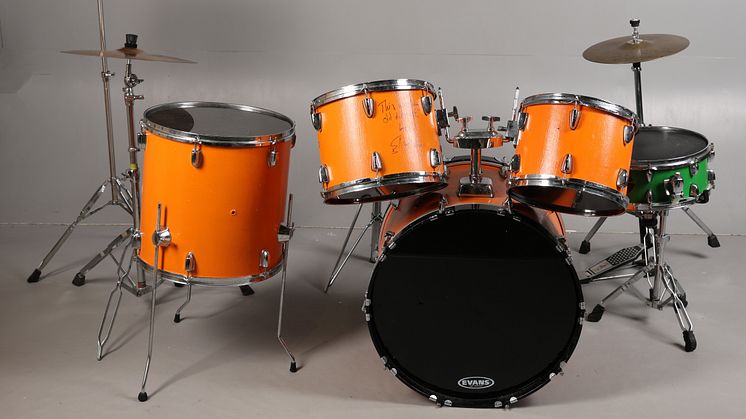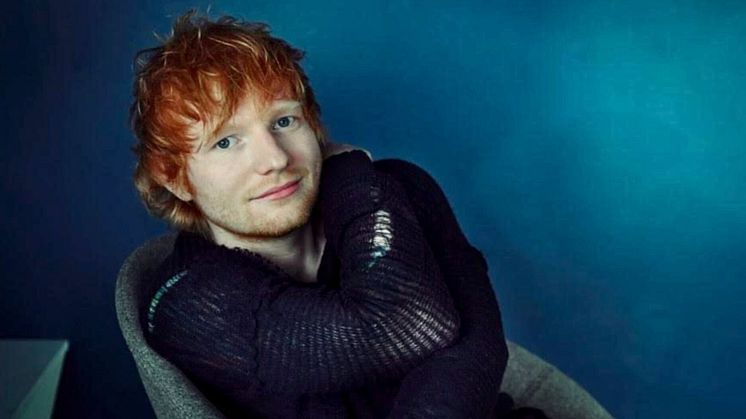Royal Copenhagen, auction celebrating its 250 years
The company is one of Europe’s oldest and most renowned porcelain manufacturers. Over the centuries, the factory has produced porcelain of the highest quality, in line with prevailing ideals and fashions. The result is countless dinner services, figurines, and art objects designed by many well-known names, especially the magnificent pieces that have graced numerous world exhibitions.
Bidstrup Auktioner, Palsgaard Kunstauktioner, and Woxholt Auktioner now present an exclusive themed auction featuring selected highlights from Royal Copenhagen’s extensive range. The auction houses’ specialists have carefully handpicked classics, collector’s items, and unique works, creating a rich and varied auction with over 100 lots. Among the auction’s treasures are full-blond Musselmalet, a terrine from the Flora Danica series, Holger Christensen’s sculpture Agnete og havmanden, and unique pieces by, among others, Niels Thorsson and Jais Nielsen.
Access the themed auction through the link in our bio.



















